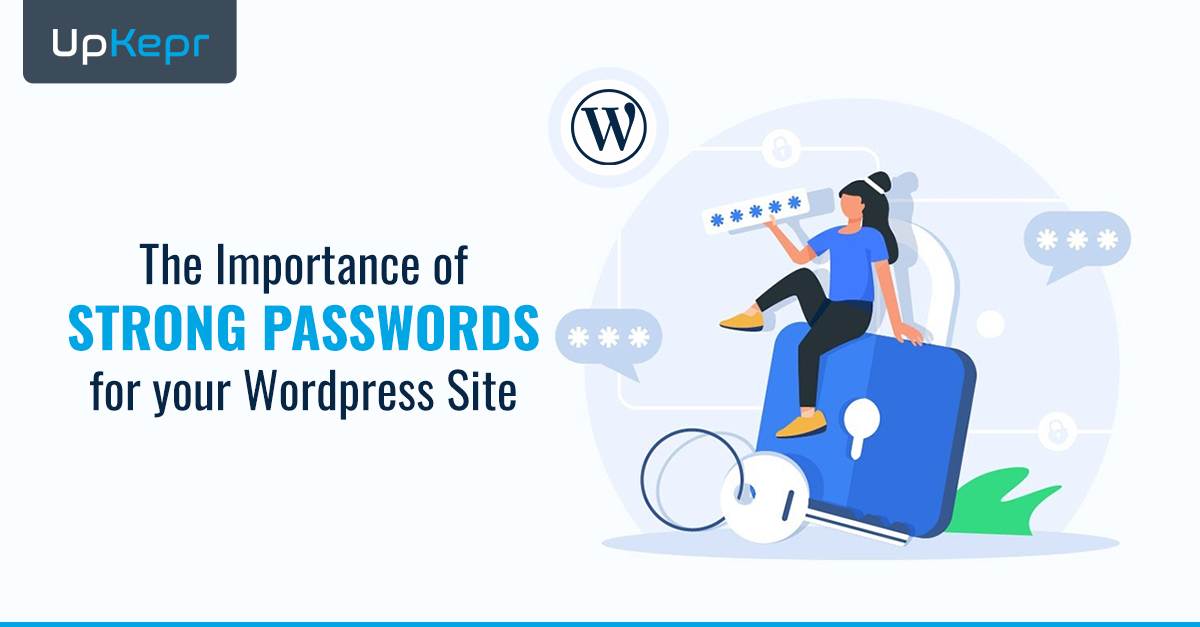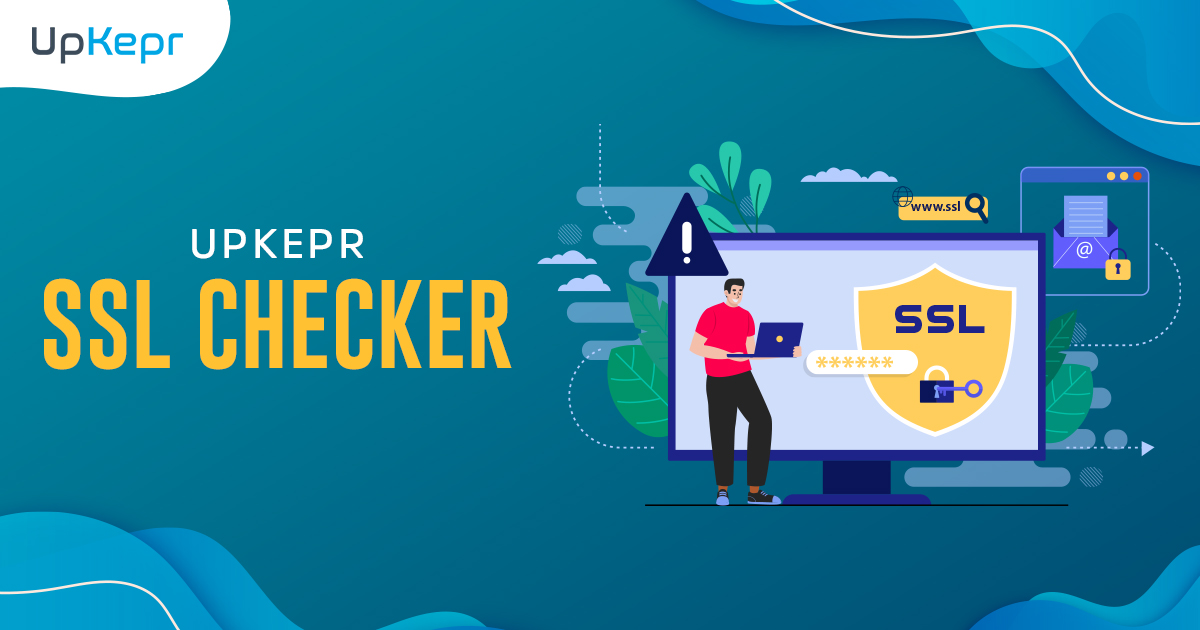
Why Google Penalizes Insecure WordPress Sites and How to Avoid It

Introduction
Website security is more crucial than ever in today’s digital era. Google, the world’s leading search engine, prioritizes user safety by favoring secure websites in its search rankings. For WordPress site owners, neglecting security measures can result in serious consequences—lower search rankings, reduced traffic, and even site blacklisting. This blog explores the reasons behind Google’s penalties for insecure WordPress sites and provides practical strategies to safeguard your site, maintain visibility, and protect your online reputation.
As security threats continue to evolve, staying updated on the latest trends is essential to keep your WordPress site protected in 2025 and beyond. Read More!
Understanding Google’s Stance on Website Security
Google has consistently emphasized the importance of website security. Since 2014, the search engine giant has used HTTPS as a ranking signal. Insecure websites, particularly those without SSL certificates, are flagged as “Not Secure” in browsers, warning users about potential risks. This approach aims to protect users from data breaches, phishing attacks, and malware infections.
Common Security Vulnerabilities in WordPress Sites
Powering over 40% of the web, WordPress remains a top target for cybercriminals due to its widespread use and open-source nature. While its flexibility and user-friendliness are major strengths, they also introduce potential security risks. Here are some common vulnerabilities WordPress sites face:
- Outdated Plugins and Themes: Failing to update plugins and themes can leave security gaps that hackers exploit.
- Weak Passwords: Simple or reused passwords make sites highly vulnerable to brute-force attacks.
- Lack of SSL Certificates: Without HTTPS, sensitive data exchanged between users and the website remains unencrypted and exposed, making it vulnerable to cyber threats. To ensure your site is secure, regularly check SSL certificate online to verify its validity and maintain a safe browsing experience for users.
- Poor Hosting Services: Low-quality or unsecured hosting environments can increase the risk of cyberattacks.
- Inadequate User Permissions: Mismanaged user roles may grant unauthorized users access to critical site functions.
How Google Penalizes Insecure WordPress Sites
Google places a strong emphasis on user safety, and insecure WordPress sites face serious consequences that can harm both performance and reputation. Here’s how these penalties can impact your website:
- Lower Search Rankings: Google deprioritizes insecure sites, making it difficult for them to appear on the first page of search results.
- Decreased User Trust: Security warnings in browsers can deter visitors, leading to higher bounce rates and reduced engagement.
- Blacklisting: If a site is compromised by malware or phishing attempts, Google may blacklist it, completely removing it from search results.
- Reduced Organic Traffic: Lower visibility and user distrust directly result in decreased traffic and lost potential customers.
Best Practices to Secure Your WordPress Site
Securing your WordPress site is crucial to protect it from cyber threats and maintain its credibility. Here are essential practices to enhance your website’s security:
- Implement SSL Certificates
An SSL certificate encrypts data between your site and users, safeguarding sensitive information. Google also favors HTTPS-enabled sites in search rankings. - Keep WordPress Core, Plugins, and Themes Updated
Regular updates fix security vulnerabilities. Enable automatic updates where possible and routinely review installed plugins and themes to ensure they’re safe and up-to-date. The UpKepr WordPress Security plugin simplifies this process by offering real-time monitoring, automated updates, and security alerts, ensuring your site remains protected and optimized. - Use Strong Passwords and Two-Factor Authentication (2FA)
Enforce the use of complex passwords and enable 2FA to add an extra layer of protection against unauthorized access. - Choose a Reliable Hosting Provider
Opt for hosting services that emphasize security, offer regular backups, and include malware scanning. - Limit Login Attempts
Use security plugins to restrict failed login attempts, reducing the risk of brute-force attacks.
- Regular Backups
Schedule frequent backups to ensure your site can be quickly restored in case of a breach or data loss. - Use Security Plugins
Install trusted security plugins like UpKepr Security for firewalls, malware scanning, and real-time threat monitoring. - Secure File Permissions
Set proper file permissions—directories should typically be set to 755 and files to 644 - to prevent unauthorized access. - Conduct Regular Security Audits
Use tools like UpKepr to perform routine audits, identifying and resolving potential vulnerabilities before they become threats.
How to Check If Google Has Penalized Your WordPress Site
Identifying a Google penalty early can help you take swift action to restore your site’s performance. Here are key ways to check if your WordPress site has been penalized:
- Google Search Console: Regularly monitor your site for security issues, manual penalties, and indexing errors. Google often notifies site owners of any penalties here.
- Traffic Analysis: A sudden or significant drop in organic traffic may indicate a penalty. Use tools like Google Analytics to track traffic trends and spot irregularities.
- Browser Warnings: If browsers label your site as “Not Secure” or display warning messages, it’s a clear sign of security concerns that require immediate attention.
- Blacklist Checkers: Tools like UpKepr can help determine if your site has been blacklisted due to malware or phishing threats.
Scan Your Website With UpKepr Now
Steps to Recover from Google Penalties
Recovering from a Google penalty requires a strategic approach to restore your site’s performance and credibility. Follow these essential steps:
- Identify the Issue:
Use Google Search Console to review manual actions, security warnings, and indexing errors. Complement this with security tools like Sucuri or Wordfence to detect malware or vulnerabilities. - Fix Security Flaws:
Immediately address identified issues—update WordPress core, plugins, and themes, remove any malware, and strengthen security protocols like enabling SSL and using strong passwords. - Request a Review:
Once your site is fully cleaned and secure, submit a reconsideration request through Google Search Console, providing details of the actions taken to resolve the issues. - Monitor Regularly:
Implement ongoing security practices, including regular backups, security audits, and real-time monitoring, to prevent future penalties and maintain site integrity.
Future-Proofing Your WordPress Site
With cyber threats constantly evolving, taking a proactive approach to security is crucial for safeguarding your WordPress site. Implementing advanced security measures can help you stay ahead of potential risks:
- Web Application Firewalls (WAF):
A WAF acts as a shield between your website and malicious traffic, blocking common web exploits like SQL injections and cross-site scripting (XSS). - Content Delivery Networks (CDN):
CDNs like Cloudflare not only improve site speed and performance but also add an extra layer of security by mitigating DDoS attacks and filtering out malicious traffic. - AI-Powered Threat Detection:
Utilize AI-driven tools for real-time threat monitoring and automated responses. These systems can quickly identify and neutralize suspicious activity, reducing the risk of breaches.
Conclusion
Google’s commitment to user safety means that website security is non-negotiable. For WordPress site owners, understanding the importance of security and implementing best practices is crucial to maintaining search visibility and user trust. By taking proactive steps to secure your site, you not only avoid Google’s penalties but also build a safer, more reliable online presence.
Investing time and resources in website security pays off in the long run—protecting your reputation, safeguarding user data, and ensuring sustained growth in a competitive digital landscape.



























































































 Sign Up with Google – Free
Sign Up with Google – Free Sign Up with Github – Free
Sign Up with Github – Free